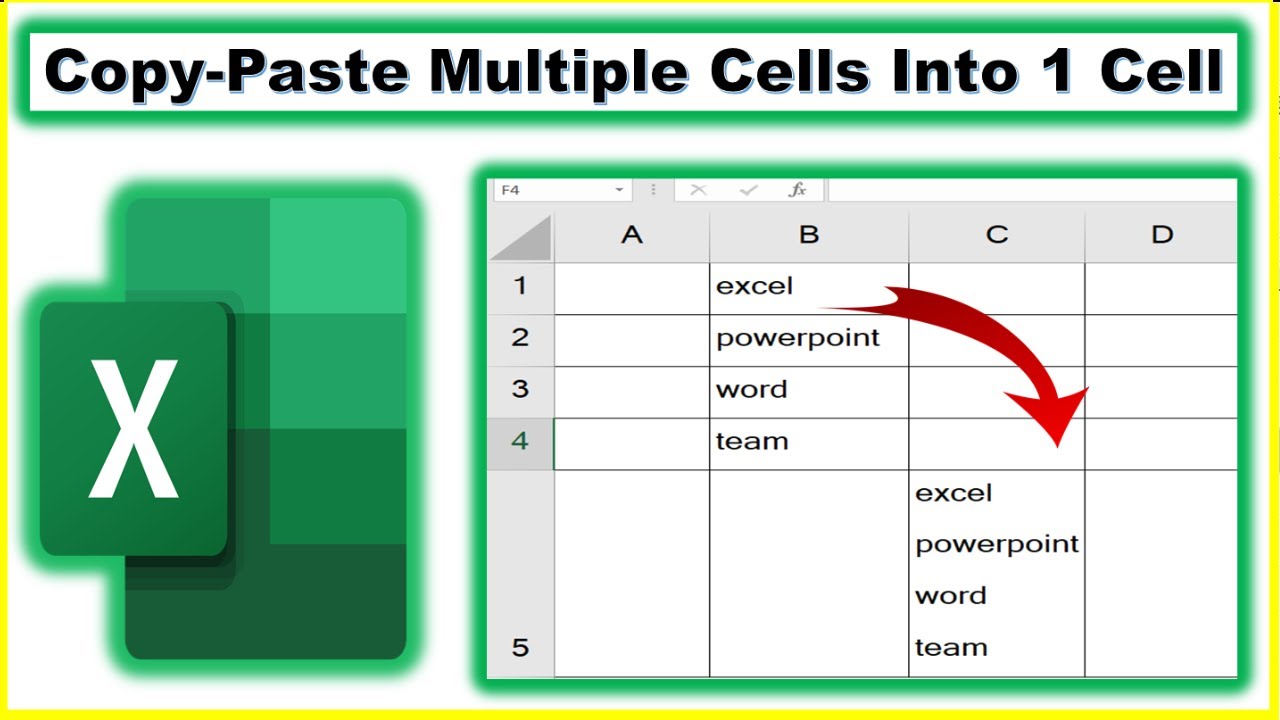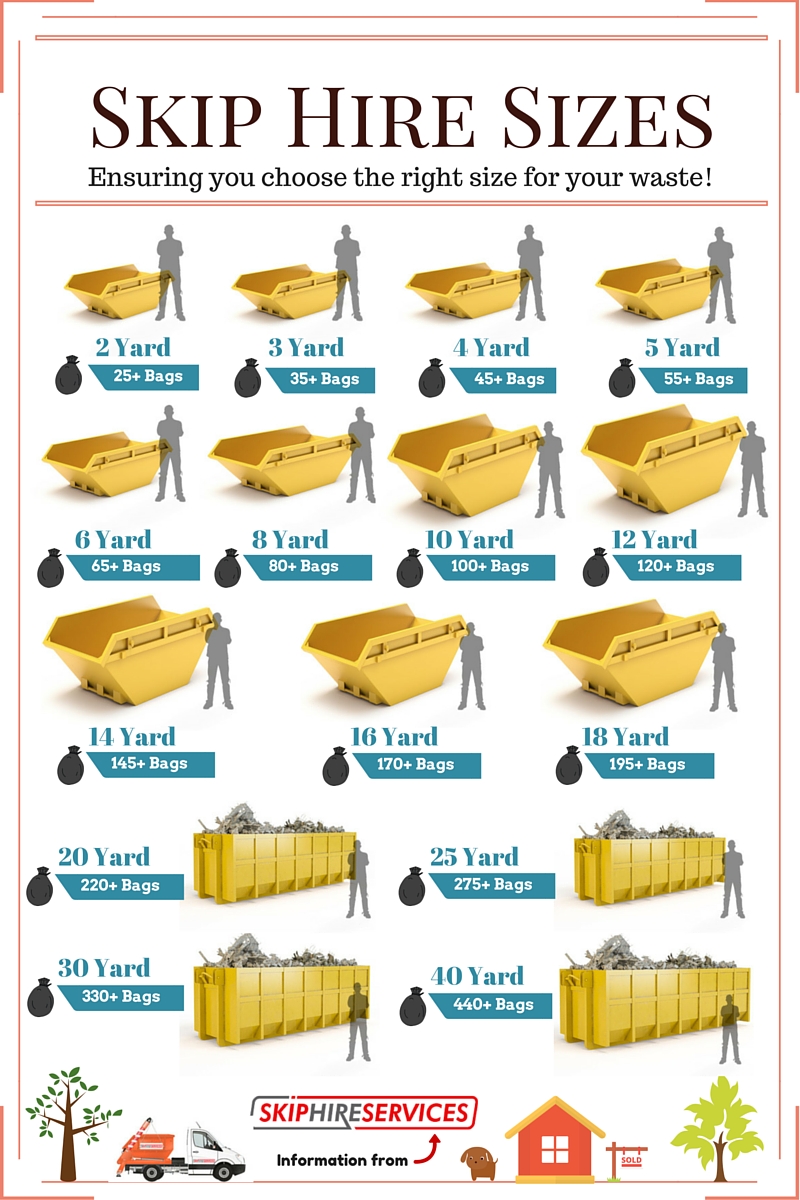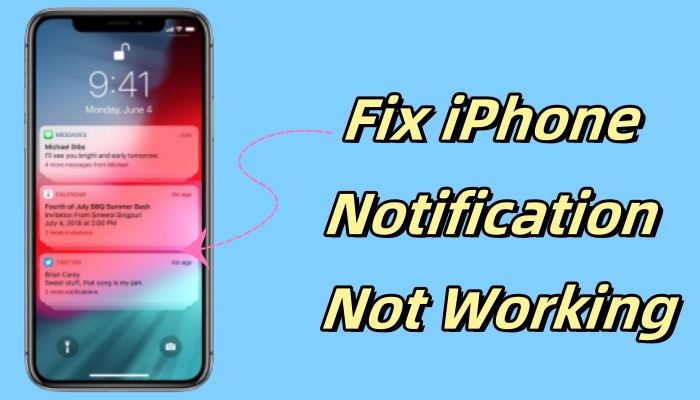Skip.

Welcome to an in-depth exploration of the transformative world of AI Art Generators and their impact on the creative landscape. In this article, we delve into the fascinating journey of AI-driven art, uncovering its origins, evolution, and the profound influence it has on both artists and art enthusiasts alike. Prepare to be captivated by the incredible potential of these innovative tools as we navigate through their history, present applications, and future possibilities.
The Rise of AI Art Generators: A Historical Perspective

The concept of AI art generators may seem like a recent phenomenon, but its roots trace back to the early days of artificial intelligence research. It all began with the visionary minds of computer scientists and artists who dared to imagine a future where machines could create art.
One of the pioneering efforts in this domain can be attributed to Harold Cohen, a renowned artist and researcher. In the 1970s, Cohen developed AARON, an early AI art system. AARON, an acronym for Art by AARON, was capable of producing unique drawings, marking a significant milestone in the fusion of art and technology. Cohen's work laid the foundation for future explorations, inspiring a new generation of artists and researchers to push the boundaries of AI-driven creativity.
As the years progressed, the field of AI art generation witnessed rapid advancements. The 1980s saw the emergence of generative art, a genre that utilized algorithmic processes to create visually appealing and often abstract artworks. This era marked a shift towards more experimental and exploratory approaches, paving the way for the diverse range of AI art styles we encounter today.
Key Milestones in AI Art History
- 1969: Computer Composition No. 1 by Lejaren Hiller and Leonard Isaacson is considered one of the earliest examples of computer-generated music, showcasing the potential for AI in creative domains beyond visual arts.
- 1973: Charles Csuri and James Shaffer introduce Lovers, a computer-generated artwork, marking a significant step towards the integration of computers in artistic expression.
- 1986: John Lansdown and Colin Johnson publish their work on Procedural Modeling in Computer Graphics, exploring the use of algorithms to generate realistic landscapes, a technique that later influenced AI landscape generation.
The Evolution of AI Art Techniques

The journey of AI art generators has been characterized by a series of technological breakthroughs and innovative techniques. These advancements have not only shaped the capabilities of AI art but have also influenced the broader landscape of artificial intelligence research.
Generative Adversarial Networks (GANs)
One of the most significant breakthroughs in AI art generation is the development of Generative Adversarial Networks (GANs). Introduced by Ian Goodfellow and his colleagues in 2014, GANs revolutionized the field by introducing a new level of realism and creativity to AI-generated art. These networks consist of two neural networks, a generator, and a discriminator, engaged in a competitive process, resulting in increasingly sophisticated and lifelike creations.
GANs have been instrumental in the creation of highly detailed and diverse artworks, ranging from photorealistic landscapes to abstract expressions. The ability of GANs to learn and improve based on feedback has opened up new avenues for artistic exploration, enabling AI systems to generate art that rivals the work of human artists.
Style Transfer and Neural Aesthetics
Another intriguing aspect of AI art generation is style transfer, where an AI system adapts the style of one artwork to another. This technique allows artists and enthusiasts to infuse their creations with the aesthetic qualities of renowned artists or specific art movements. For instance, a photograph can be transformed to mimic the style of The Starry Night by Vincent van Gogh, creating a unique blend of modern and classical art.
Style transfer has not only expanded the creative possibilities for artists but has also contributed to the development of neural aesthetics, a field focused on understanding and quantifying artistic beauty using neural networks. By analyzing large datasets of artworks and their corresponding stylistic elements, researchers aim to develop AI systems that can appreciate and critique art, pushing the boundaries of human-machine collaboration in the creative domain.
| AI Art Technique | Description |
|---|---|
| GANs | Generative Adversarial Networks for creating realistic and diverse art. |
| Style Transfer | Technique to apply the style of one artwork to another, creating unique artistic blends. |
| Neural Aesthetics | Exploring the use of neural networks to understand and appreciate artistic beauty. |

AI Art Generators: Present-Day Applications
Today, AI art generators have found their place in various creative industries, revolutionizing the way art is produced, appreciated, and consumed. From generating unique visual content to assisting in the creative process, these tools have become indispensable for artists, designers, and even hobbyists.
Creative Assistance and Inspiration
One of the most prominent uses of AI art generators is as a creative companion for artists. These tools can generate initial sketches, provide inspiration through style transfer, or offer alternative perspectives on a particular theme. For instance, an artist working on a landscape painting can use an AI generator to explore different lighting conditions, weather effects, or even fantasy-inspired environments, expanding their creative horizons.
Additionally, AI art generators can assist in the early stages of concept development, helping artists visualize their ideas more efficiently. This not only saves time but also allows for a more iterative and experimental approach to the creative process, fostering innovation and uniqueness in artistic expression.
Content Generation for Designers
In the realm of graphic design and advertising, AI art generators have become invaluable assets. Designers can leverage these tools to create unique visual content, from logos and icons to intricate patterns and illustrations. The ability of AI to generate diverse and high-quality designs in a fraction of the time traditionally required has transformed the way design studios operate, enabling them to deliver more creative and innovative solutions to their clients.
Art for Entertainment and Education
AI art generators have also found their way into the entertainment industry, adding a touch of magic to movies, video games, and even virtual reality experiences. The ability to generate realistic and immersive environments, characters, and special effects has elevated the level of engagement and realism in these mediums. Additionally, AI-generated art is being used to create educational content, making learning more interactive and visually appealing.
For instance, AI-generated art can be used to create immersive historical reenactments, allowing students to virtually explore ancient civilizations or witness pivotal moments in history. This not only enhances their understanding of the subject matter but also makes learning a more enjoyable and memorable experience.
The Future of AI Art: Implications and Opportunities
As we look towards the future, the potential of AI art generators appears limitless. The ongoing advancements in AI research and the increasing accessibility of these technologies are poised to further revolutionize the creative landscape.
Collaborative Creativity: Humans and AI
One of the most exciting prospects is the emergence of collaborative creativity, where human artists and AI systems work hand in hand. This collaborative approach can lead to the creation of truly unique and innovative artworks, combining the best of human creativity and AI’s analytical capabilities. Imagine a painter working alongside an AI system that suggests color palettes, brushstroke techniques, or even entire compositions, pushing the boundaries of artistic expression to new heights.
AI-Driven Art Appreciation and Criticism
The development of artificial intelligence for art appreciation and criticism is another intriguing avenue. As AI systems become more sophisticated in their understanding of artistic concepts, they could play a pivotal role in curating art exhibitions, recommending artworks to collectors, or even providing critical analysis of artistic pieces. This would not only enhance the accessibility of art but also offer new perspectives and insights to both artists and enthusiasts.
AI Art and Cultural Preservation
AI art generators can also play a significant role in cultural preservation and documentation. By leveraging AI to digitally recreate and restore historical artworks, we can ensure the preservation of cultural heritage for future generations. Furthermore, AI-generated art inspired by cultural traditions and histories can serve as a powerful tool for education and cultural exchange, fostering a deeper understanding and appreciation of diverse cultures.
Frequently Asked Questions

How do AI art generators work?
+AI art generators utilize advanced machine learning algorithms, particularly neural networks, to analyze and generate art. These algorithms are trained on vast datasets of existing artworks, learning the underlying patterns and aesthetics. By processing this data, the AI system can create new, original pieces of art, often with surprising levels of creativity and realism.
Can AI art be considered ‘real’ art?
+The debate surrounding the authenticity of AI-generated art is ongoing. While some argue that AI art lacks the emotional depth and intent of human-created art, others emphasize the incredible creativity and technical skill demonstrated by these systems. Ultimately, the value and significance of AI art lie in its ability to inspire, provoke thought, and push the boundaries of artistic expression.
What are some popular AI art generator tools available today?
+There are numerous AI art generator tools available, each with its unique features and capabilities. Some popular options include DeepArt, Artbreeder, NightCafe, and Dream by Wombo. These tools offer a range of styles, from photorealistic to abstract, and cater to different artistic preferences and skill levels.



